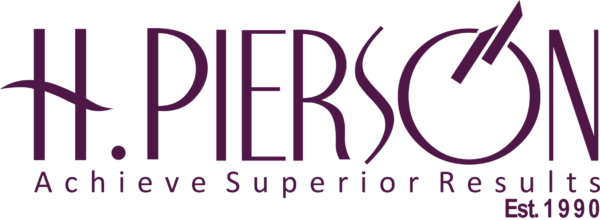Key Trends in Learning and Development
April 24, 2021 Blog
Business owners need to keep up with trends within their industry and incorporate positive changes to ensure continuity for their organizations. Many business leaders make the mistake of becoming lax when running their business, and little wonder many businesses are unable to survive beyond the first decade of the opening. A way to ensure the continued effective running of a business is adopting modern learning and development strategies into your organization.
A learning and development strategy is a tool that helps you align your business objectives with the necessary trainings. Learning and development are important because it enables an organization to teach its staff the necessary skills and knowledge needed to move the business’ vision forward.
To create an efficient learning and development strategy, you should set achievable training goals; what you want should not be impracticable and ensure you can measure your progress. Also, your strategy should be clear, and employees must see how it relates to the overall vision of the business. Let your strategy be flexible and user-friendly, and only then will you be able to get benefits. As trends, change, business owners are encouraged to be in touch and make the most of these changes. The major trends in learning and development include:
Communication
As emphasis is being placed on communication, workers and the management and should have a workable medium of exchanging information. Communication helps share ideas, information, and thoughts. A learning and development strategy should have this. If employees do not have the liberty to communicate, how will a manager know their minds? How will employees express their dissatisfaction with a particular activity? And how can the management share its vision?
Soft skills
While technical/hard skills can never be ignored, soft skills are becoming increasingly necessary. It is a pivotal aspect of employees’ development. Soft skills such as agile thinking, collaboration, emotional intelligence, listening, empathy, and patience will increase the ability of workers to serve clients effectively. A business need of the hour is that employees are adequately equipped to help consumers.
Mobile learning
Learning and development will become more accessible and flexible. This flexibility allows learners to learn on their mobile devices at any time. Content materials are tailored to fit into mobile devices enabling users to learn at their own pace. Though in its nascent stage, this form of educational trend has come to stay.
Mixed learning
In addition to in-person training, social media tools are being maximized by business leaders to create an advanced learning culture. Mixed learning uses traditional teaching with an online method to train students. An employee gets to benefit from the use of both approaches. This type of learning is also called “Hybrid learning” or “blended learning”. Most organizations have fully settled into using this method of learning.
Virtual training
With the impact of the pandemic of 2020, virtual tools are now essential for the continuity of business operations. Employees can learn and get info via this medium. Most organizations are maximizing available tools to ensure that employees are up to date on information and equipped to carry out assigned responsibilities. This trend can be incorporated by any progressive firm that wants to stay ahead in the industry. One advantage of this trend is that companies are spending less, unlike physical training. This trend isn’t without disadvantages, one of which is that participants’ engagement is low.
Conclusion
Every year, business leaders can harness different learning and development strategies to move their businesses forward. An organization can explore these trends for more remarkable growth. Equipping your employees with the required skills and knowledge directly influences productivity. Workers need the training to stay relevant, and they are searching for organizations invested in learning and development.
To ensure that the learning and development strategies reflect your business objectives, you need to select reliable providers of learning programs and engage your employees not as a group but individually. This way, you get insights into their unique abilities. Your firm can leverage learning and development as a form of incentive; by investing in your employees’ development. These will give employees reason to stay and promote the business goals of the organization.


